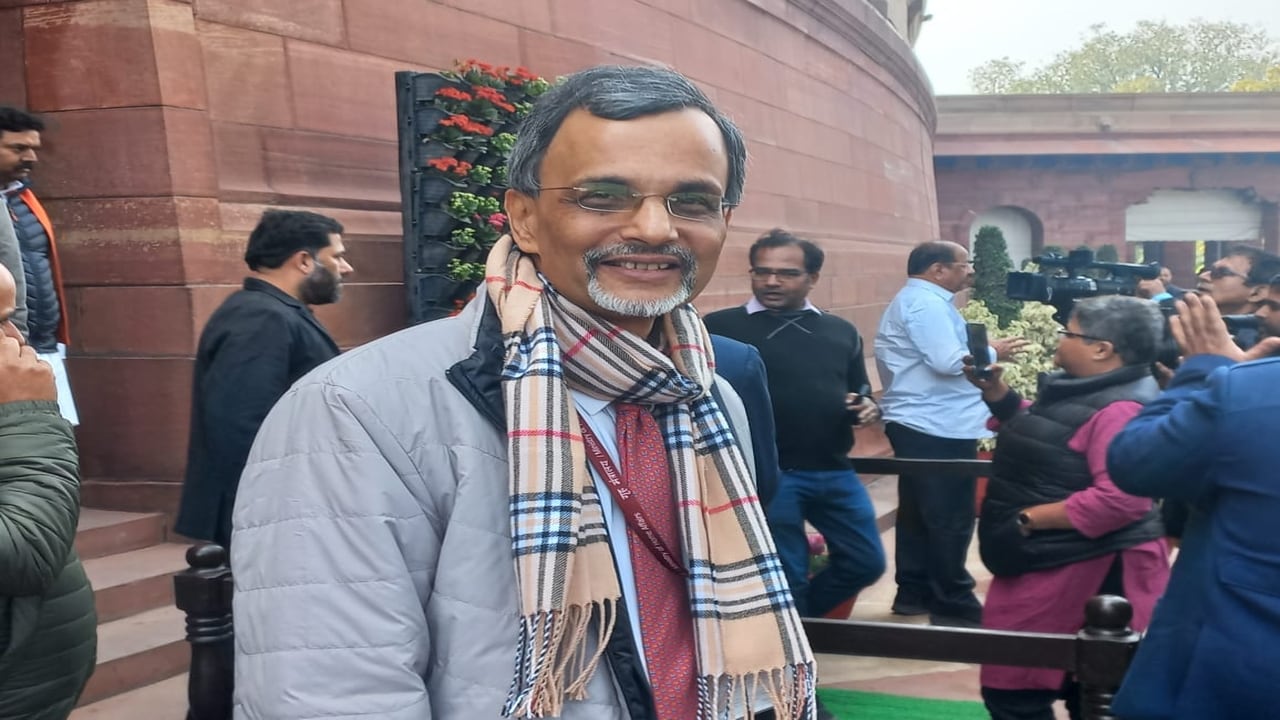
“The fact that there is going to be more disposable income in the hands of the public will naturally boost urban consumption. More than that, the confidence it also generates will be an additional kicker as far as the consumption story is concerned,” Nageswaran stated.
“Given that the finance minister delivered more than what people had anticipated, I think the feel-good effect will last much longer than what it might have been the case otherwise. I have a very confident and good feeling that the consumption impact of this will be quite significant.”
Expenditure Secretary Manoj Govil highlighted the government’s commitment to capital expenditure despite a moderate overall increase in expenditure.
“As far as the Budget Estimates (BE) for the next year are concerned, on an aggregate basis, we are going around 7% more than the Revised Estimates (RE) for this year, but then we have still prioritised capital expenditure. If you take the aggregate capital expenditure, both on what is done directly by the central government, as well as the grants per capex, which are usually given to the state governments, we are having a 17% increase,” Govil explained.
Govil further elaborated on the government’s progress in capital spending: “Last year we have done ₹9.49 lakh crore on pure capital expenditure by the central government. The first three months, because of the election and other pieces, the capex was low. So now we have caught up. And in fact, if you compare April to January end, for the figures that we have so far, we have surpassed the capital expenditure of last year by around ₹30,000 crore. So last year we did ₹9.49 lakh crore by March end, so we should easily cross it. And the figure of ₹10.12 lakh crore, which is, by the way, the highest ever capital expenditure that the central government has ever done, is easily achievable.”
Shedding light on the government’s efforts to encourage a shift to the new tax regime, Ravi Agrawal, Chairperson of the Central Board of Direct Taxes (CBDT) said, “There’s definitely a nudge to move to the new tax regime in this budget. There are two options, both options are available to the taxpayer. One is without deductions, and the other is with deductions. We are moving to a regime where the deductions and the exemptions were moving away from there, and we are trying to put in place a simplified tax structure which actually enables the determination of income in a straight way, rather than actually going into deductions and all.”
He added that taxpayers have already been responding to this shift: “In fact, people have responded even in the past—74% of people have already come to the new tax regime.”
Meanwhile, Sanjay Kumar Agarwal, Chairperson of the Central Board of Indirect Taxes and Customs (CBIC), provided insights into the robust GST collections, reinforcing confidence in meeting revenue targets.
“So far as GST collections are concerned, from April to December, the GST revenue collection for the Centre was increasing at the rate of 10.2% whereas last year it was 10.9%. So, this month, revenue collection at 12.3% growth on an all-India basis has given us confidence that we will achieve the target, which has been set for GST revenue collection for the Centre,” Agarwal noted.
The Union Budget 2025-26 laid out key policy changes, including exempting annual incomes up to ₹12 lakh from income tax and adjusting tax slabs to benefit a larger segment of taxpayers. Additionally, Sitharaman’s budget proposed raising Foreign Direct Investment (FDI) limits in the insurance sector, simplifying tax laws, cutting duties on intermediaries, and enhancing fiscal support for welfare measures.

